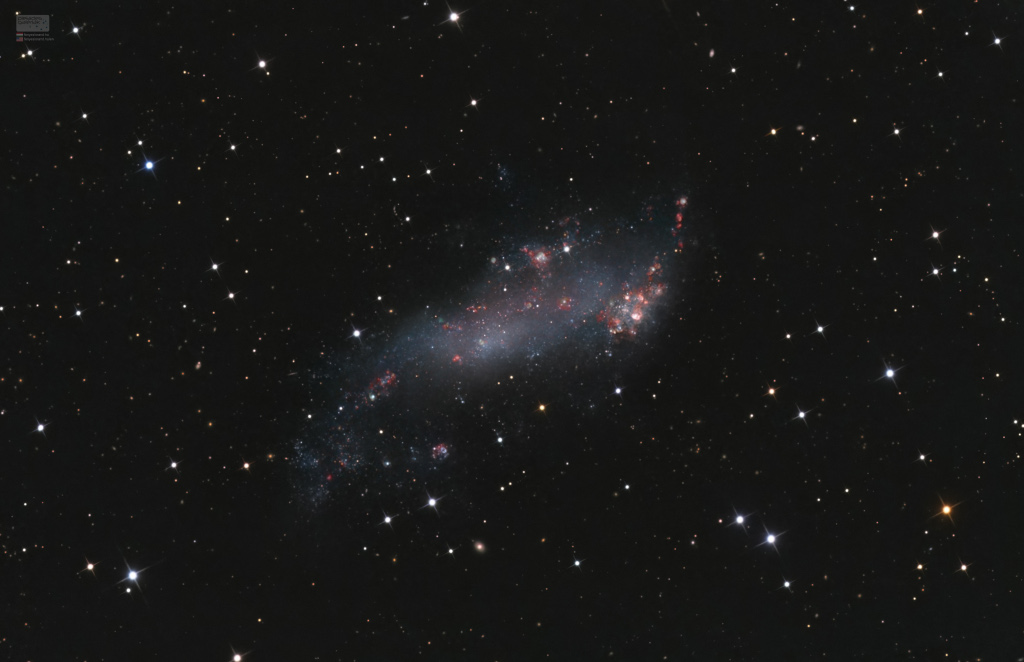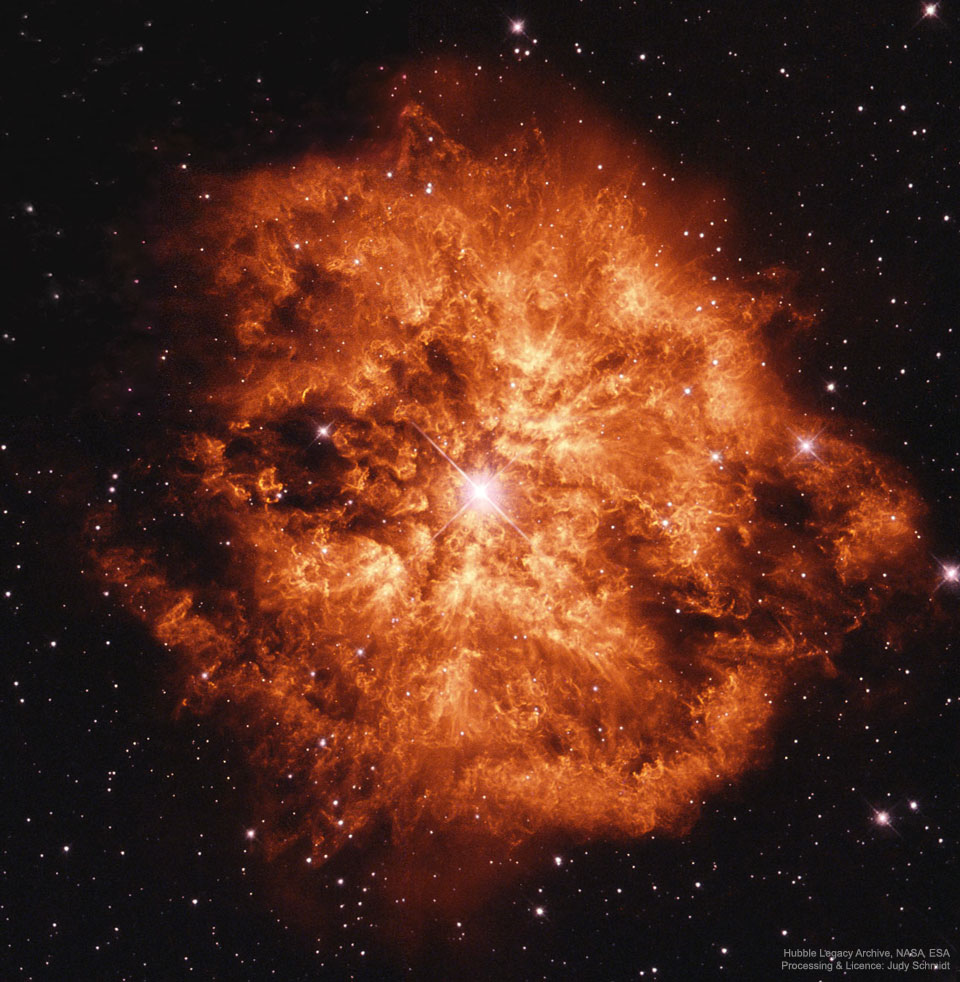Blog
James Hubert “Eubie” Blake (February 7, 1887 – February 12, 1983) was an American pianist and composer of ragtime, jazz, and popular music. In 1921, he and his long-time collaborator Noble Sissle wrote Shuffle Along, one of the first Broadway musicals written and directed by African Americans. Blake’s compositions included such hits as “Bandana Days”, “Charleston Rag”, “Love Will Find a Way”, “Memories of You” and “I’m Just Wild About Harry“. The 1978 Broadway musical Eubie! showcased his works, and in 1981, President Ronald Reagan awarded Blake the Presidential Medal of Freedom.
more...The petenera is a genre that existed before it was adapted to flamenco. According to some experts, they have a certain relationship with the zarabandas and it is believed that its name comes from the singer known as “La Petenera”. “La Petenera”, born in Paterna de la Rivera, who lived in the 18th century.
However, there is no theory accepted by all flamenco researchers as to its origin. There are those who think that it originated in the American continent, where there is also another genus known by this name in the area of Veracruz (Mexico), while others claim that it is a genus born in Spain. a genre born in Spain.
At that time it was thought that the peteneras were of Sephardic origin due to the various references to this culture in several of the lyrics. However, the most solid theory is the one that has its roots in Veracruz, since its melodies and harmony are very similar to those of the current peteneras.
In any case, what is certain is that the petenera is, at present, one of the most popular flamenco palos. It is a very romantic and emotional cante, with a special emphasis on love and revenge. And, although its origin is not entirely clear, the truth is that it has often been related to bad luck.
more...


Grand spiral galaxies often seem to get all the glory, flaunting their young, bright, blue star clusters in beautiful, symmetric spiral arms. But small, irregular galaxies form stars too. In fact dwarf galaxy IC 2574 shows clear evidence of intense star forming activity in its telltale reddish regions of glowing hydrogen gas. Just as in spiral galaxies, the turbulent star-forming regions in IC 2574 are churned by stellar winds and supernova explosions spewing material into the galaxy’s interstellar medium and triggering further star formation. A mere 12 million light-years distant, IC 2574 is part of the M81 group of galaxies, seen toward the northern constellation Ursa Major. Also known as Coddington’s Nebula, the lovely island universe is about 50,000 light-years across, discovered by American astronomer Edwin Coddington in 1898.

more...
Robert Nesta Marley OM (6 February 1945 – 11 May 1981) was a Jamaican singer, songwriter, and guitarist. Considered one of the pioneers of reggae, he fused elements of reggae, ska and rocksteady and was renowned for his distinctive vocal and songwriting style. Marley increased the visibility of Jamaican music worldwide and became a global figure in popular culture. He became known as a Rastafarian icon, and he infused his music with a sense of spirituality. Marley is also considered a global symbol of Jamaican music and culture and identity and was controversial in his outspoken support for democratic social reforms. Marley also supported the legalisation of cannabis and advocated for Pan-Africanism.
Born in Nine Mile, Jamaica, Marley began his career in 1963, after forming the group Teenagers with Peter Tosh and Bunny Wailer, which became the Wailers. In 1965, they released their debut studio album, The Wailing Wailers, which included the single “One Love“, a reworking of “People Get Ready“. It was popular worldwide and established the group as a rising figure in reggae. The Wailers released 11 more studio albums, and after signing to Island Records, changed their name to Bob Marley and the Wailers. While initially employing louder instrumentation and singing, they began engaging in rhythmic-based song construction in the late 1960s and early 1970s, which coincided with Marley’s conversion to Rastafari. Around this time, Marley relocated to London, and the group embodied their musical shift with the release of the album The Best of The Wailers (1971).
Bob Marley and the Wailers began to gain international attention after signing to Island and touring in support of the albums Catch a Fire and Burnin’ (both 1973). Following their disbandment a year later, Marley carried on under the band’s name. The album Natty Dread (1974) received positive reviews. In 1975, following the global popularity of Eric Clapton‘s version of Marley’s “I Shot the Sheriff“, Marley had his international breakthrough with his first hit outside Jamaica, a live version of “No Woman, No Cry“, from the Live! album. This was followed by his breakthrough album in the United States, Rastaman Vibration (1976), which reached the Top 50 of the Billboard Soul Charts. A few months later, Marley survived an assassination attempt at his home in Jamaica, which was believed to be politically motivated. He permanently relocated to London, where he recorded the album Exodus, which incorporated elements of blues, soul, and British rock and had commercial and critical success. In 1977, Marley was diagnosed with acral lentiginous melanoma; he died in May 1981, shortly after baptism into the Ethiopian Orthodox Church. Fans around the world expressed their grief, and he received a state funeral in Jamaica.
The greatest hits album Legend was released in 1984 and became the best-selling reggae album of all time. Marley also ranks as one of the best-selling music artists of all time, with estimated sales of more than 75 million records worldwide. He was posthumously honoured by Jamaica soon after his death with a designated Order of Merit by his nation. In 1994, Marley was posthumously inducted into the Rock and Roll Hall of Fame. Rolling Stone ranked him No. 11 on its list of the 100 Greatest Artists of All Time. and No. 98 on its list of the 200 Greatest Singers of All Time. His other achievements include a Grammy Lifetime Achievement Award, a star on the Hollywood Walk of Fame, and induction into the Black Music & Entertainment Walk of Fame.
more...Natalie Maria Cole (February 6, 1950 – December 31, 2015 LA,CA) was an American singer, songwriter, and actress. She was the daughter of singer and jazz pianist Nat King Cole. She rose to prominence in the mid-1970s, with the release of her debut album Inseparable (1975), along with the song “This Will Be (An Everlasting Love)“, and the album’s title track. Its success led to her receiving the Grammy Award for Best New Artist at the 18th Annual Grammy Awards, for which she became the first African-American recipient as well as the first R&B act to win the award. The singles “Sophisticated Lady” (1976), “I’ve Got Love on My Mind“, and “Our Love” (1977) followed.
After releasing several albums, she departed from her R&B sound and returned as a pop singer on the 1987 album Everlasting, along with her cover of Bruce Springsteen‘s “Pink Cadillac“. In the 1990s, she sang traditional pop by her father, resulting in her biggest success, Unforgettable… with Love, which was certified 7× platinum by the Recording Industry Association of America (RIAA). Unforgettable… with Love won the Grammy Award for Album of the Year, for which Cole became the first African-American woman to win the award.
Throughout her lifetime, Cole received nine Grammy Awards, was nominated for a Primetime Emmy Award, and sold over 30 million records worldwide. She was awarded the Howie Richmond Hitmaker Award from the Songwriters Hall of Fame in 1999, and has been posthumously inducted into the National Rhythm & Blues Hall of Fame (2021), and received a star on the Hollywood Walk of Fame.
more...John Pisano (February 6, 1931 – May 2, 2024) was an American jazz guitarist. John Pisano was born in Staten Island, New York, on February 6, 1931. Pisano worked with Herb Alpert, Billy Bean, Chico Hamilton, Peggy Lee, and Joe Pass. He died in Los Angeles on May 2, 2024, at the age of 93.
more...Some stars explode in slow motion. Rare, massive Wolf-Rayet stars are so tumultuous and hot that they are slowly disintegrating right before our telescopes. Glowing gas globs each typically over 30 times more massive than the Earth are being expelled by violent stellar winds. Wolf-Rayet star WR 124, visible near the featured image center, is thus creating the surrounding nebula known as M1-67, which spans six light years across. Details of why this star has been slowly blowing itself apart over the past 20,000 years remains a topic of research. WR 124 lies 15,000 light-years away towards the constellation of the Arrow (Sagitta). The fate of any given Wolf-Rayet star likely depends on how massive it is, but many are thought to end their lives with spectacular explosions such as supernovas or gamma-ray bursts

Barrett Strong Jr. (February 5, 1941 – January 28, 2023 West Point, MS) was an American singer and songwriter known for his recording of “Money (That’s What I Want)“, which was the first hit single for the Motown record label. He is also known for his songwriting work in association with producer Norman Whitfield; together, they penned such songs as “I Heard It Through the Grapevine“, “War“, “Just My Imagination (Running Away with Me)“, and “Papa Was a Rollin’ Stone“.
In 2004, Strong was inducted into the Songwriters Hall of Fame alongside Whitfield.
more...Ronald Lee Wilson (June 26, 1944 – May 12, 1989 LA, CA) was an American musician and recording artist, best known as an original member and drummer of The Surfaris, an early surf music group of the 1960s. Wilson’s energetic drum solo on “Wipe Out” (a #2 US/#5 UK hit) made it one of the best-known instrumental songs of the period. Wilson died of a brain aneurysm on May 12, 1989, one month short of his 45th birthday.
more...Vincent Peter Colaiuta (born February 5, 1956 Brownsville, PA) is an American drummer known for his technical mastery who has worked as a session musician in many genres. He was inducted into the Modern Drummer Hall of Fame in 1996 and the Classic DrummerHall of Fame in 2014. Colaiuta has won one Grammy Award and has been nominated twice. Since the late 1970s, he has recorded and toured with Frank Zappa, Joni Mitchell, and Sting, among many other appearances in the studio and in concert.
more...Al Kooper (born Alan Peter Kuperschmidt; February 5, 1944 NY) is an American retired songwriter, record producer, and musician. Throughout much of the 1960s and 1970s he was a prolific studio musician, including playing organ on the Bob Dylan song “Like a Rolling Stone“, French horn and piano on the Rolling Stones song “You Can’t Always Get What You Want“, and lead guitar on Rita Coolidge‘s “The Lady’s Not for Sale“. He also joined and named Blood, Sweat & Tears. However, he did not stay with the group long enough to share its popularity. Kooper produced a number of one-off collaboration albums, such as the Super Session album that saw him work separately with guitarists Mike Bloomfield and Stephen Stills. In the 1970s Kooper was a successful manager and producer, recording Lynyrd Skynyrd‘s first three albums. He has had a successful solo career, writing music for film soundtracks, and has lectured in musical composition. Kooper was selected for induction to the Rock and Roll Hall of Fame in 2023.
more...Joe Beard (b. Feb. 4, 1938) is Rochester’s legendary blues guitarist and vocalist. He has many times toured the United States as well as Europe and has sat in with Muddy Waters, B.B. King, and his idol John Lee Hooker. Beard performed at the inauguration gala of President George H.W. Bush. He grew up in Ashland, Mississippi, surrounded by aspiring and veteran blues musicians, singing at an early age and taking to the guitar when he was 17. After settling in Rochester in the mid-1950s he formed the Soul Brothers Six and also befriended famed classic blues guitarist Son House, who was his neighbor in Rochester (and now a fellow inductees in the Rochester Music Hall of Fame). Beard and Son House began playing together, including a concert for students at the University of Rochester in 1968. Beard’s music is rooted in the delta and early urban blues of Memphis, Detroit, and Chicago. Critics and fans say his songs have a storytelling quality about them. Beard has recorded several acclaimed blue albums, including the critically acclaimed “Blues Union” with musician Ronnie Earl in 1996, which won Offbeat Magazine‘s Blues Album of the Year award.
more...More Posts
- Daily Roots Tristan Palmer
- Diego LaBriola Memorial 2023
- Cosmos JO206
- Peter Erskine
- Jerry Gonzalez
- Laurie Anderson
- Specs Powell
- Daily Roots Dennis Brown
- World Music Jajouka
- Cosmos M64
- Anthony Braxton
- Paquito D’Rivera
- Oliver Nelson
- Chuck Thompson
- World Music Martin Hayes and The Common Ground Ensemble
- Daily Roots Sugar Minott
- Cosmos M101
- Eddie Willis
- Al Harewood
- STOP THE WAR World Music ANGY KREYDA

